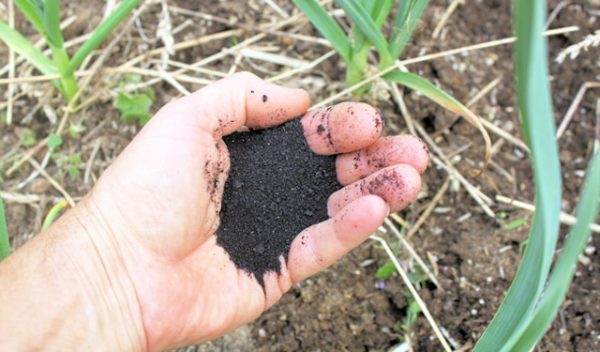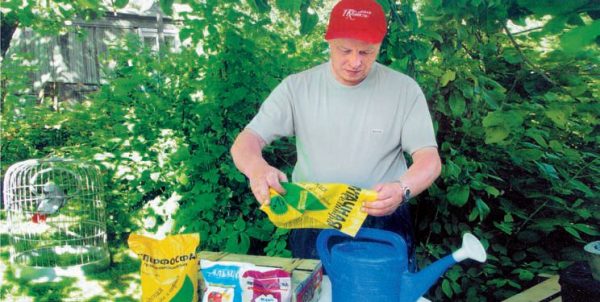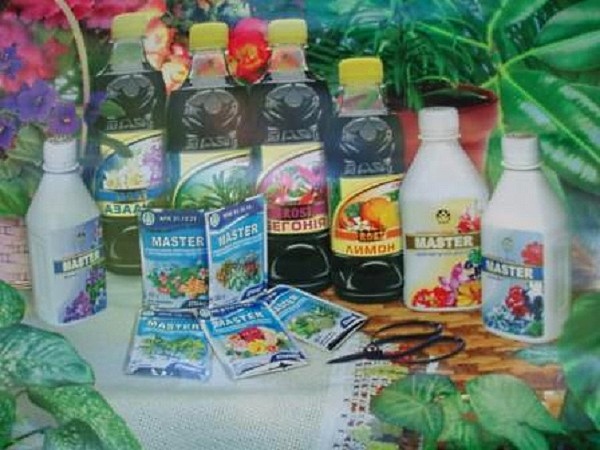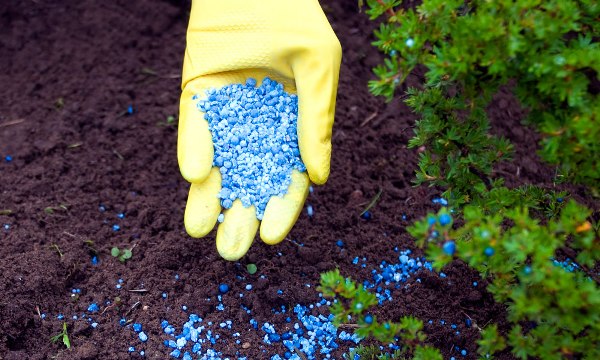How to feed plants in June for maximum benefit
Content
How to feed plants
If the soil is not too fertile, then it needs to be fed with organic matter - manure or dung, ash can be added to it. Before choosing a fertilizer, you need to pay attention to the appearance of the plants - he will tell you about what the seedling is missing. If the leaves acquire a light shade and the culture grows slowly, then it lacks nitrogen. In this case, you can use nitrate at the rate of 15 g per 10 liters of water. Top dressing with nitrate is carried out in early June, and then other nitrogen fertilizers are used.
Substances containing nitrogen are added first 10-14 days after planting - in the first 10 days of the month. Next add superphosphate, potash fertilizers, trace elements. In the first month of summer, there is an active reproduction of insect pests, for example, aphids. It can pretty much interfere with the development of the plant. In this case, you can do without pesticides by using potash fertilizers - they will not only get rid of the pest, but will also be beneficial. When applying a soap solution or ash, the potassium contained in them enters the plant, feeding it with this microelement.
June is a hot month, and you need to pay attention to the weather before spraying the plants. This mainly concerns boric acid, copper sulfate and potassium permanganate. Such fertilizers are useful for crops, but if you overdo it, you can ruin the seedling. In hot weather, it is better not to use these fertilizers - when the moisture evaporates, the concentrated solution will cover the leaves, and they will die. For the same reasons, it is better to apply fertilizers to the lower part of the leaf - the one that is inaccessible to the sun.
Often, manure, mullein or dung is used as a complex fertilizer. During June, it should be given to plants every 4-5 weeks. Organic fertilizers not only nourish the soil, but also moisturize it well. Natural fertilizers are diluted with water in a ratio of 1: 5 (for manure) and 1:10 (for manure). At the same time, everything must be balanced - if you add too much organic matter, then the plant can begin to grow intensively, which will not allow it to prepare for winter in time and it can freeze.
For the June feed, the most important is the predominance of potassium. In the first half of June, the main plant feeding should be completed. Starting from the middle of the first month of summer, ovaries and fruits can fall off - thus, the culture gets rid of damaged pagons. They can collect pests. Such leaves and sprouts just need to be collected, while not panicking and not making additional feeding, "June fall" is a natural and necessary process. In the last 10 days of June, only phosphorus and potassium can be applied, nitrogen application must already be stopped, otherwise the plants will not prepare for winter.
Video "About the care and feeding of plants at the beginning of summer"
Video review on how to care for and fertilize plants at the beginning of summer.
Fertilizers
All types of fertilizers used in June can be divided into two groups: organic and mineral. Organic manure, peat, compost, mullein are considered organic. Mineral - nitrogen, phosphorus, potash fertilizers, as well as other single microelements.
Organic
Manure is the most common organic fertilizer. Due to its availability and efficiency, it occupies a leading position in plant nutrition.
Dung, mullein and dung contain a huge amount of essential trace elements. They are introduced into the soil at the rate of 50 kg per 10 square meters. If you mix manure with peat or peat with decayed plants, you can get compost - another popular type of organic fertilizer. Humus or green organic fertilizers rich in nitrogen and trace elements are extracted from finely chopped leaves and plant residues.
Trace elements
Mineral fertilizers are simple (consist of one trace element) and complex (from several trace elements). According to the main element, there are:
- Nitrogen fertilizers. You need to feed crops with them from the moment of planting until mid-June. This group includes ammonium salts (sulfates and nitrates), ammonium nitrate, urea. For June, saltpeter is best.
- Potash fertilizers. They fight pests and betray frost resistance to the soil. These are potassium salts of different types.
- Phosphate fertilizers. These are ash, superphosphate, nitrophos and others. Phosphate fertilizers have a wide range and many trade names. Phosphorus is poorly absorbed, so it must be applied closer to the plant roots.
- Microfertilizers. These feeds contain essential micronutrients that should be applied in small doses. These are iron preparations, potassium permanganate, copper sulfate, zinc, boron, molybdenum. When applying micronutrient fertilizers, you need to clearly maintain the dosage, otherwise you can ruin the plant.
In order not to be mistaken with the choice of a microelement that is necessary for a culture, it is possible to evaluate, again, its appearance. If the tips and root begin to die off, this indicates a lack of calcium. The lack of magnesium manifests itself in the light color of the leaves, soon they turn yellow or red, acquire a purple hue. When the leaves turn pale green and the veins are light, the plant says it is low on iron. It will tell about the lack of copper with the white tips of the leaves.
The sprouts will dry out and acquire a bluish tint with a lack of phosphorus and nitrogen. If a crop is deficient in boron, it will not bloom, and curled leaves indicate a potassium deficiency.Top dressing in the first month of summer is very important, as it is the basis for the future plant and its health. Consistent proportions, properly selected top dressing and constant care are the key to excellent crop growth from planting to the very harvest.
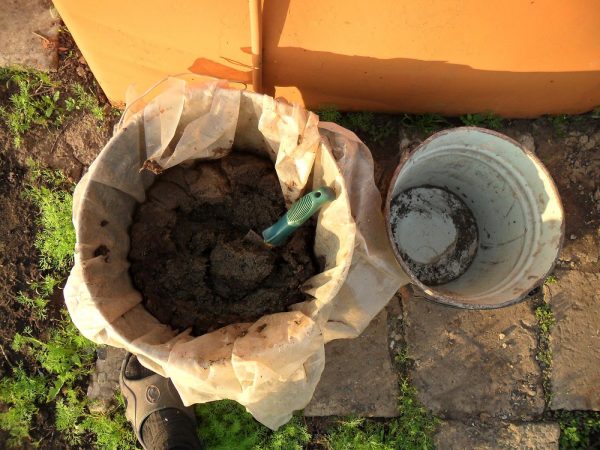
Video "Natural dressing suitable for most plants"
How to make a natural top dressing that will work for most plants in the summer.

